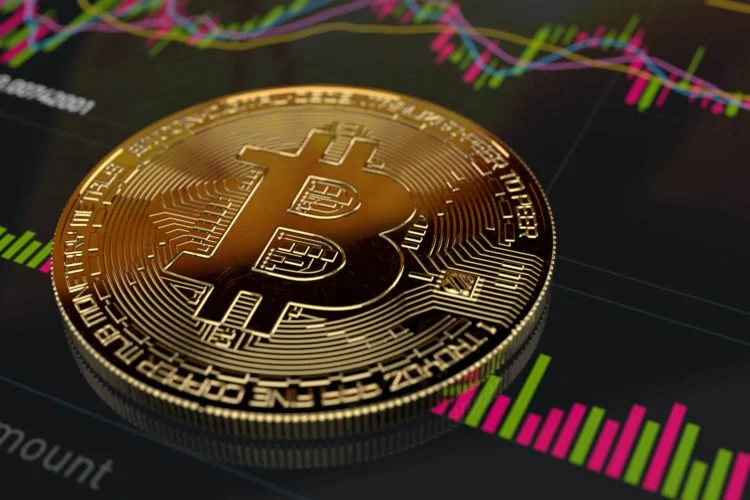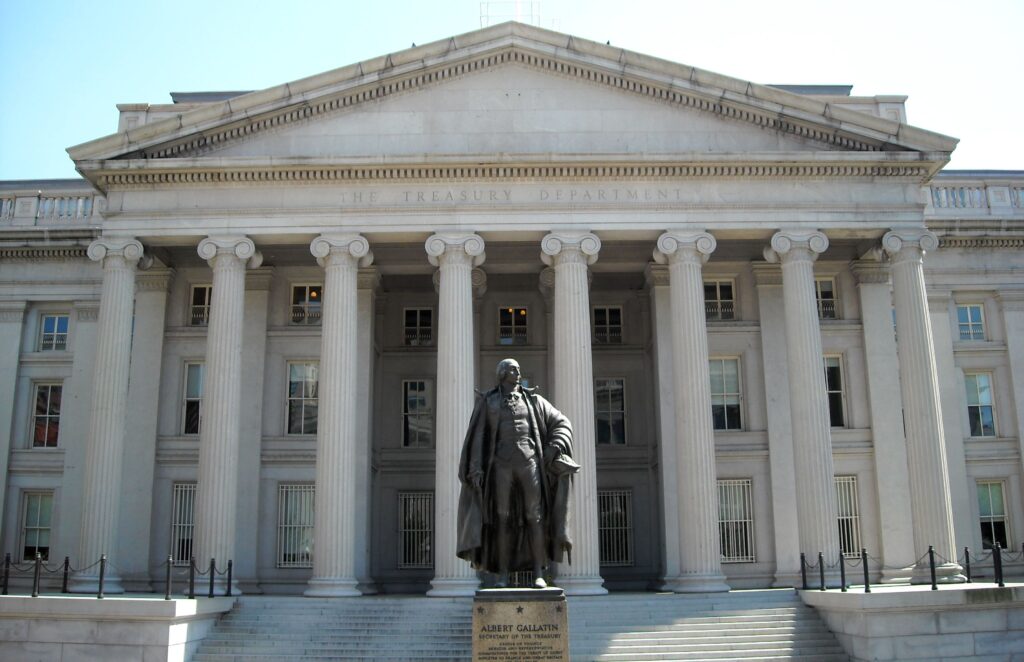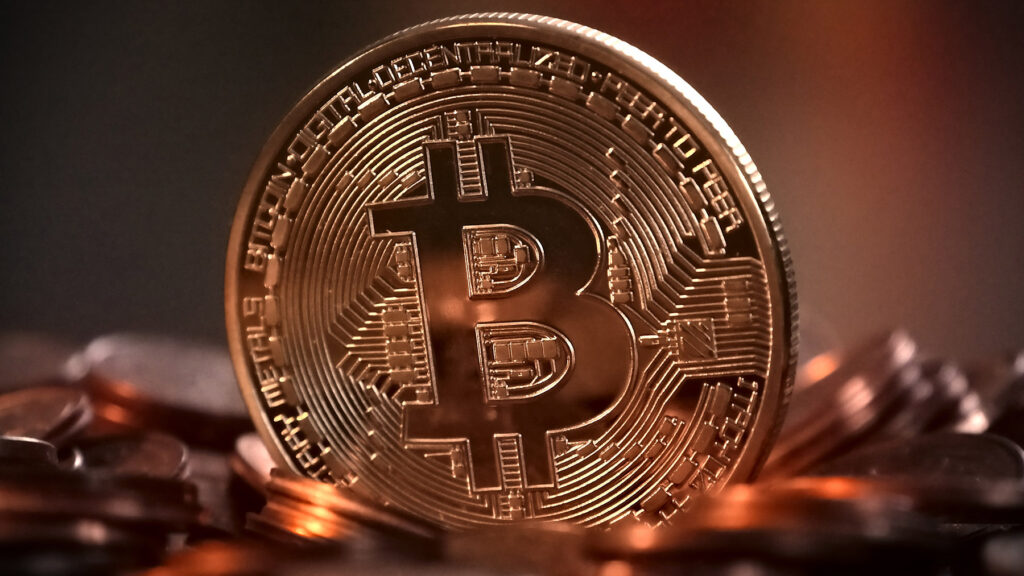7 Reasons U.S. Leaders Embrace a Bitcoin Reserve

1. The Strategic Bitcoin Reserve: What It Is & Why It Matters
a) What the Executive Order Says
- Bitcoin (BTC) confiscated by federal agencies is also required to be placed in the Strategic Bitcoin Reserve by the 2025 Executive Order.
- Other cryptocurrency assets taken by the government are to be stored on the Digital Asset Stockpile requested by the Order.
- Notably, these reserve assets cannot be sold by the government; they should be held as reserves, that is, they should be liquidated only in rare and legally specified situations.
- The Treasury and Commerce Departments are also mandated to come up with budget-neutral measures to purchase more BTC over the years, thus imposing no additional burden on taxpayers.
b) Strategic & Symbolic Implications
- Signal of confidence: The Order sends a strong message that Bitcoin has strategic value to the United States, and is not merely fringe technology.
- Fiscal hedging: A non-sovereign, fixed-supply, and thus non-fiat currency like Bitcoin can be used to hedge risk in case fiat currency is inflated or loses its value.
- Institutional legitimacy: Learning Areas. When the government adopts BTC as reserve-grade, its behavior may be copied by other institutional actors, and current behavior changes.
- Precedent for future scale: This initial step allows subsequent rules or laws to broaden or perfect the national balance sheet integration of Bitcoin.

Other critics claim that markets underrate the transformational potential of this action. The research head at Galaxy Digital, Alex Thorn, has recently said that the market does not pay enough attention to the possibility of any significant implementation by the end of the year.
2. State-Level Moves: Texas, Arizona & the Rise of Strategic Reserves Below the Federal Line
a) Texas Leads the Way
- In June 2025, Texas Governor Greg Abbott signed a Senate Bill, Senate Bill 21, creating a Texas Strategic Bitcoin Reserve.
- The law establishes the reserve, which is a special fund not within the general treasury, under the administration of the Texas Comptroller.
- The state of Texas also restricts investments to cryptocurrencies with an average market capitalization of over US $500 billion- in other words, Bitcoin itself- and allows investment sources to be used through legislative allocations, optional crypto contributions, or returns on investments.
- Critics, meanwhile, describe the effort as a pure publicity stunt: the initial disbursement is small (e.g., US$10 million) and the legal controls discourage predatory speculation.
b) What State-Level Efforts Reveal
- Decentralized experimentation: States are policy labs. When a reserve model becomes feasible at a state level, it can impact federal policy.
- Political branding: Crypto-friendly states will be able to establish themselves as centers of innovation and capture investment and talent.
- Gradual acculturation: Due to their proximity to constituents, local governments could develop a less risky entry point and aid in the normalization of Bitcoin holdings in public finance.

3. From Shutdown Fears to Crypto Strategy: The Political & Macro Drivers
a) Shutdown Risk & Fiscal Brinkmanship
- Debt-ceiling standoffs and shutdowns have become regular occurrences in the United States government. In this case, orthodox revenue instruments and financial devices are not as tension-free.
- Bitcoin provides an alternative to a centralized store of value that is non-sovereign and not directly linked to budget cycles; during gridlock, it can have a tool to store value that is not directly connected to the days counted in a delicate negotiated agreement.
b) Sovereign Debt & Fiat Stress
- The U.S. national debt is now in the tens of trillions. Current deficit spending and monetary accommodation destroy faith in fiat mechanisms.
- It is said that Bitcoin has been considered by some as a digital version of a currency hedge against the debasement of currencies, given the fixed supply of the coin and its decentralization.
c) Safe-Haven Narratives (Redux)
- Bitcoin is evolving not just as a high-beta risk asset, but as something of a safe-haven in times of macroeconomic stress.
- Bitcoins as a digital gold story resonate more in markets where fear, like banking runs or inflation shocks, is the order of the day.
- The strategic reserve decision formalizes this account, making a rhetorical safe-haven a government policy.
4. Risks, Critiques & Key Uncertainties
a) Volatility & Balance-Sheet Risk
The fluctuations in the price of bitcoin are most radical; keeping it as a reserve subjects the balance sheets of the populace to market risk. In the cases of drawdowns, the backlash may be political.
b) Legal, Constitutional & Regulatory Constraints
- Within the current scope of law, congressional legislative actions, or constitutional impediments may clash with any actual execution of the intended action.
- Bitcoin’s interplay with the current banking, securities, and tax laws is unclear.
Future administrations or Congress might overturn the crypto reserve policy.
c) Signaling Over Substance: Some perceive federal and state reserves as a sham, having little capital behind them. The critics warn that extensive sovereign BTC assets would be costly in terms of budgetary reallocation, political goodwill, and risk tolerance.
d) Correlation & Diversification Illusions: When Bitcoin is over-correlated with equities, its hedging value is lower. In addition, excessive focus on one digital asset may crowd out the diversification that is needed.

e) Market Overreaction & Speculation: Announcements themselves can cause a price change; too much dependence on speculative profit will undermine long-term policy.
5. What to Watch & Future Scenarios
| Indicator | Why It Matters | What to Watch |
| Treasury / Department of Justice reports | Transparency on how many BTC are held, how they were seized, and planning | Publication of agency audits and accounting |
| Congressional legislation (e.g. BITCOIN Act) | Could codify or alter reserve policy | Bills pushed through House or Senate |
| State reserve funding & execution | Proves whether states will commit actual capital | Budget appropriations, purchases, custodial setups |
| Price volatility & public reaction | Significant losses might provoke backlash | Sharp BTC drawdowns tied to reserve disclosures |
| Regulatory changes (SEC, CFTC, IRS) | Could constrain government or private crypto actions | Rulemaking, enforcement memos, court rulings |
Conclusion
The switch to strategic reserves is one of the most daring experiments in public finance in recent times. Those who make foreign policy in the United States are not just paying lip service to cryptocurrencies with their new plan of a Bitcoin reserve and simultaneous state-level adoption; they are putting actual policy muscle into the idea.
This game is inherently perilous, but its appearance augers a reconsideration of national economic policy in a world where fiat and political credibility coexist in uneasy suspension. In 2025, the regulation of Bitcoin is not a question of whether or not they will approve, but rather how governments will use crypto in actual balance sheets.
That being the case, it is no longer a question of whether governments are going to use Bitcoin, but how far, how fast, and how prudently.






